Primitive Reflexes at KinActive: How the KinActive Method Compliments OT
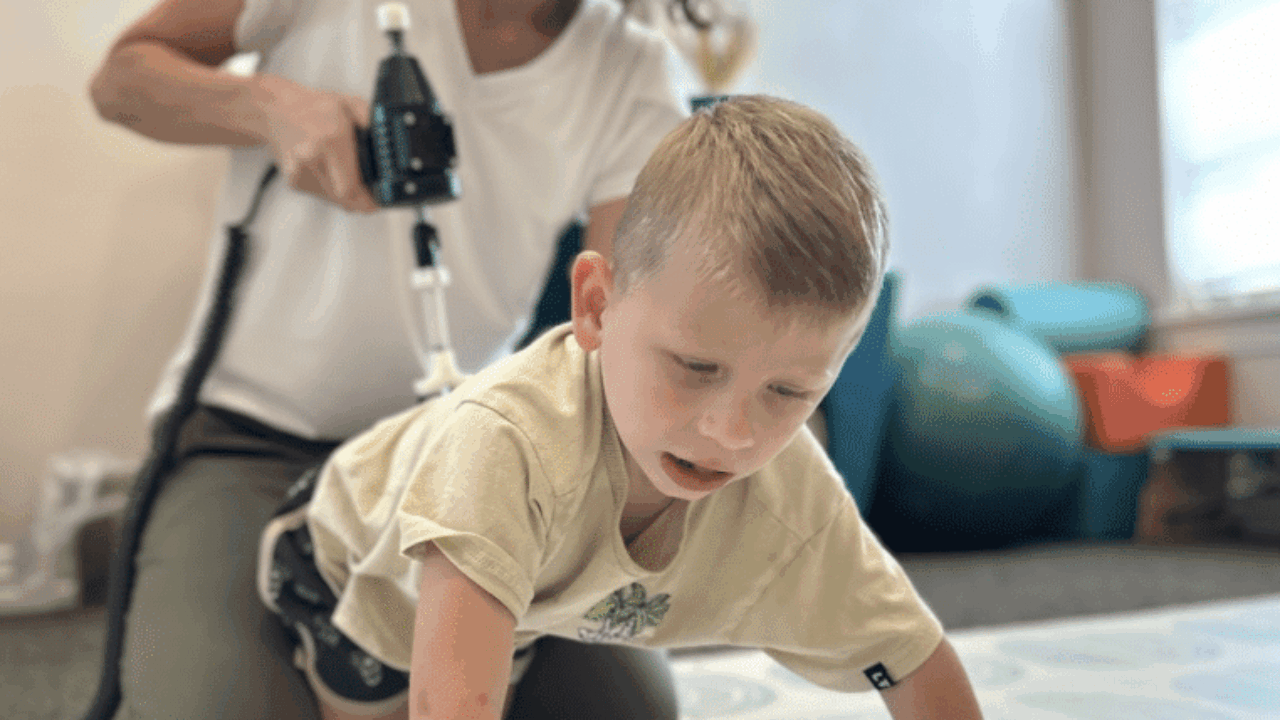
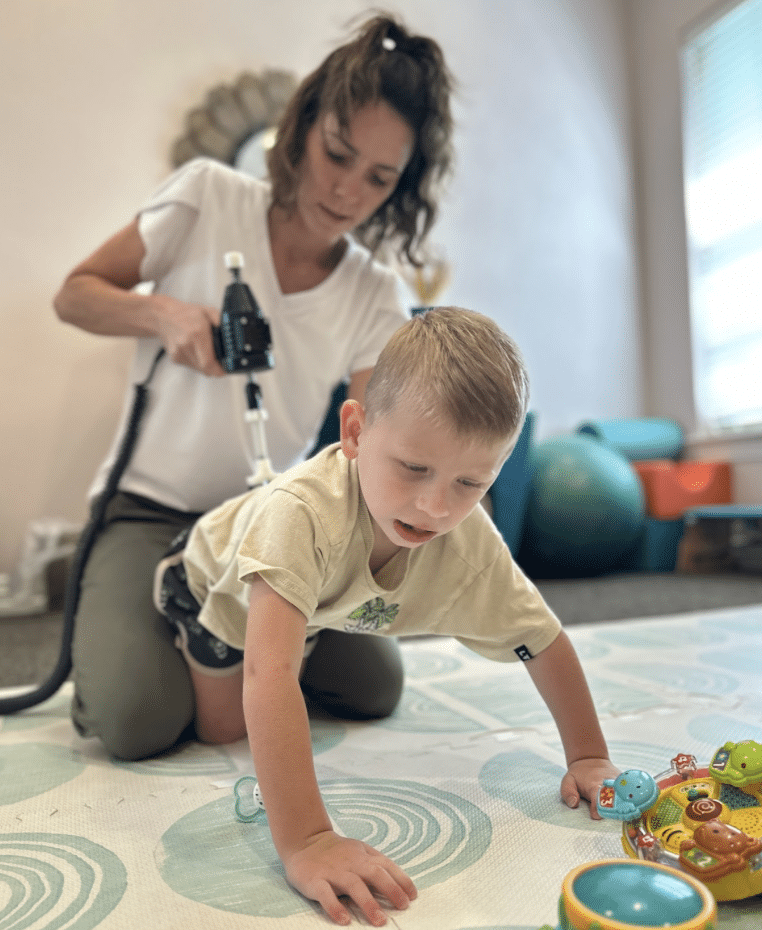
When a family is considering coming to KinActive Kids for our intensive physical therapy programs (KinActive Kamps), one of the most common questions we hear is: “Do you work on primitive reflexes? How will we keep up with our OT back home while we are away?” As one of the owners of KinActive Kids and founders of the KinActive Method, I’m excited to share how our unique method combines specific pediatric chiropractic care with function-focused physical therapy to naturally address retained primitive reflexes while a kiddo is here at Kamp with us.
Understanding Primitive Reflexes: The Foundation of Movement
Before diving into our approach, let’s establish what we’re working with. Primitive reflexes are automatic, survival-based movement patterns that develop in utero and during early infancy. These reflexes, including the Moro (startle) reflex, Asymmetrical Tonic Neck Reflex (ATNR), and Tonic Labyrinthine Reflex (TLR), serve crucial functions in those first months of life.
Here’s the key: these reflexes should integrate or become dormant by around 6-12 months of age, allowing more mature, voluntary movement patterns to emerge. When they don’t integrate properly, they can interfere with coordination, balance, attention, and even academic performance later in childhood.
Research shows that approximately 75% of school-aged children with learning challenges have retained primitive reflexes. That’s a staggering number that we see reflected in our clinic every day.
Here’s the really cool part: At KinActive, we’ve found that our combined chiropractic and physical therapy approach addresses primitive reflexes from a different angle that relies on movement and function; and while under our care, the kids respond well!
The Neurological Foundation
As a pediatric chiropractor, my primary focus is on how the musculoskeletal system, your bones and muscles, and the nervous system, the master controllers of all reflexes, work together. When we see retained primitive reflexes, we’re really seeing a nervous system that hasn’t fully matured in specific areas. This is where chiropractic care can really help.
Through gentle, specific adjustments, we address spinal misalignments that may be interfering with proper nervous system communication. Think of it this way: if there’s static on the phone line between the brain and body, the messages about reflex integration can get lost. Our chiropractic care helps clear that static.
Research by Dr. Drew Rubin and others have demonstrated that combining chiropractic care with primitive reflex exercises leads to significant improvements in coordination, communication, and overall behavior in children with neurodevelopmental challenges.
The Physical Therapy Component
While I make sure the brain and body are communicating effectively, our physical therapists, (led by owner and founder, Dr. Emily Heisey, PT, DPT) focus on the gross motor patterns and movement sequences that help integrate these reflexes naturally. This is where the magic of our KinActive Method really shines.
In our office, and especially during our intensive programs (KinActive Kamps), we’re not just doing isolated reflex exercises in a quiet room. Instead, we’re incorporating reflex integration into functional, dynamic movements that kids actually need for daily life:
- Crawling patterns that naturally integrate the ATNR and help establish proper cross-lateral movement
- Balance and stability work that addresses the Tonic Labyrinthine Reflex through real-world challenges
- Gross motor sequences that require the brain to override primitive patterns in favor of mature movement strategies
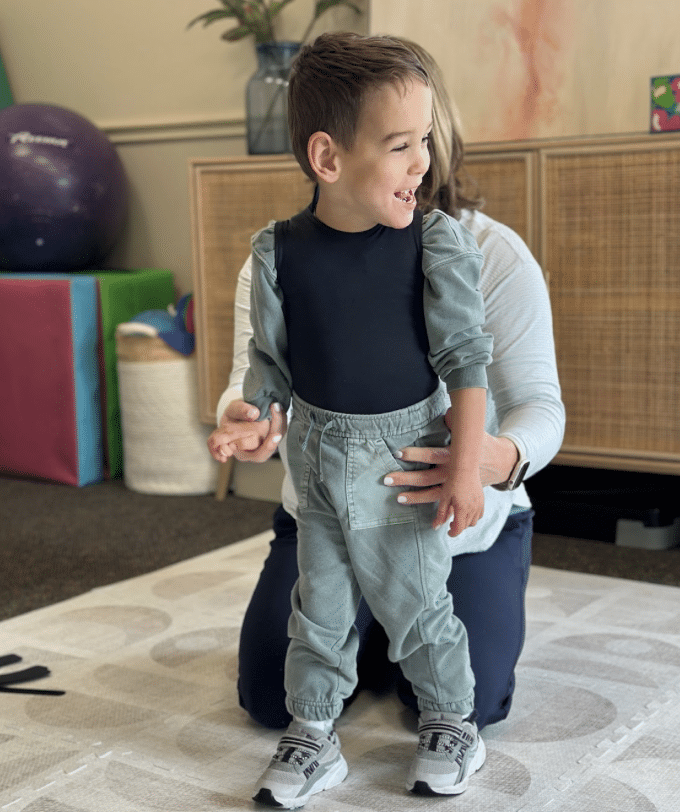
Why This Approach Works
The beauty of our method lies in addressing primitive reflexes through the lens of functional movement rather than isolated exercises. When a child is working to achieve a gross motor milestone like independent sitting or walking, their nervous system naturally begins to inhibit competing primitive reflexes.
The Whole-Body Connection
Unlike approaches that focus on one reflex at a time, our intensive model recognizes that primitive reflexes don’t exist in isolation. A child with a retained Moro reflex might also struggle with the ATNR and STNR (Symmetrical Tonic Neck Reflex). By addressing the underlying nervous system function through chiropractic care AND providing intensive gross motor challenges through physical therapy, we’re creating an environment where multiple reflexes can integrate simultaneously.
Research-Backed Results
Studies have shown that chiropractic care combined with specific movement exercises can lead to significant improvements in children with neurodevelopmental challenges. In our own practice, we’ve seen kids who come to us with multiple retained reflexes show dramatic improvements in:
- Coordination and balance
- Attention and focus
- Gross motor skills
- Overall confidence in movement
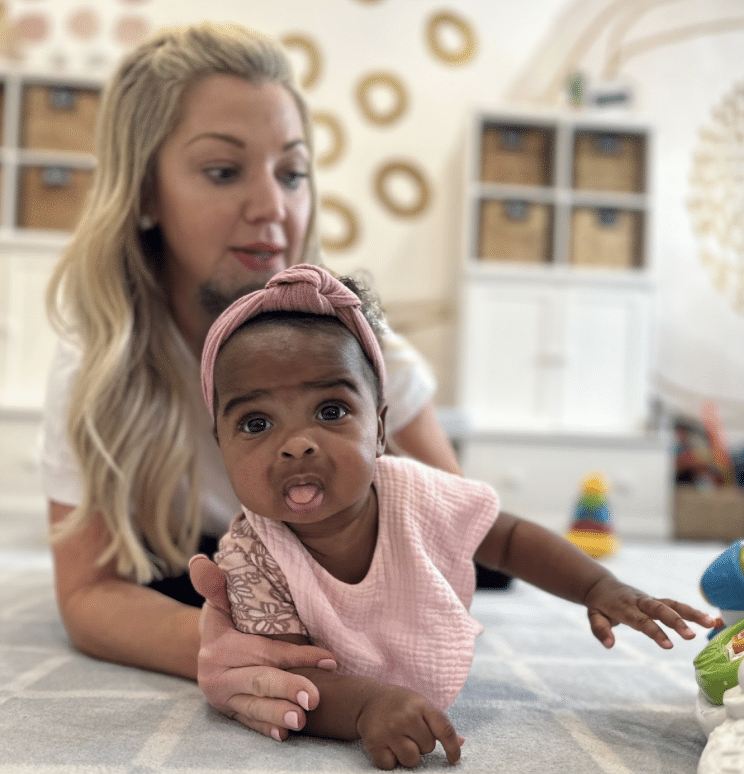
Practical Applications in Our KinActive Kamps
Let me share some specific examples of how we incorporate primitive reflex work into our intensive programs:
For the Moro Reflex
Instead of traditional “startle response” exercises, we might have a child work on controlled movements from prone (belly down) positions, gradually building their tolerance to position changes and unexpected movements.
For the ATNR
In addition to passive head-turning exercises, we incorporate activities that require crossing midline while maintaining different head positions, things like obstacle courses that require looking up or down while playing, or reaching across their body during functional tasks.
For Tonic Labyrinthine Reflexes
We use dynamic balance challenges, changes in head position during movement, and activities that require maintaining stability while the head moves in different planes.
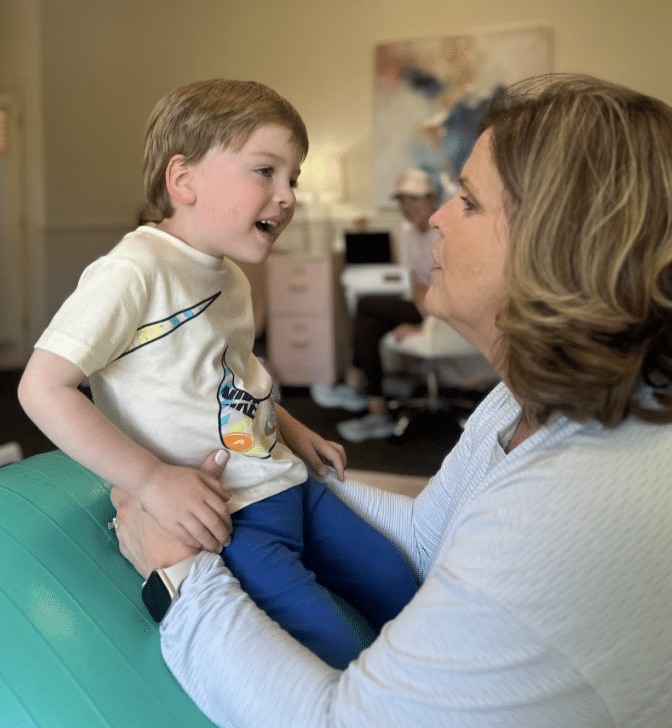
The Intensive Advantage
One significant advantage of our intensive model is the frequency and intensity of intervention. Traditional primitive reflex work often happens once or twice a week for 30-45 minutes. In our 2-4 week intensive programs, kids are getting 1-2 hours of targeted intervention daily.
This concentrated approach allows for more rapid neuroplastic changes, essentially, we’re giving the brain multiple opportunities each day to practice new patterns and integrate old reflexes. The repetition and intensity help establish new neural pathways more efficiently.
The KinActive Difference
What sets our approach apart is that we’re not just “doing primitive reflex exercises.” We’re addressing the neurological foundation through chiropractic care while simultaneously providing the intensive gross motor challenges that naturally promote reflex integration in physical therapy sessions.
This dual approach recognizes that retained primitive reflexes are often symptoms of broader neurodevelopmental challenges, not isolated problems that need isolated solutions. That is why KinActive Kamps are perfect for complementing your OT therapy services back home. We can work for a short time here in Texas without losing your progress back home. A win-win!
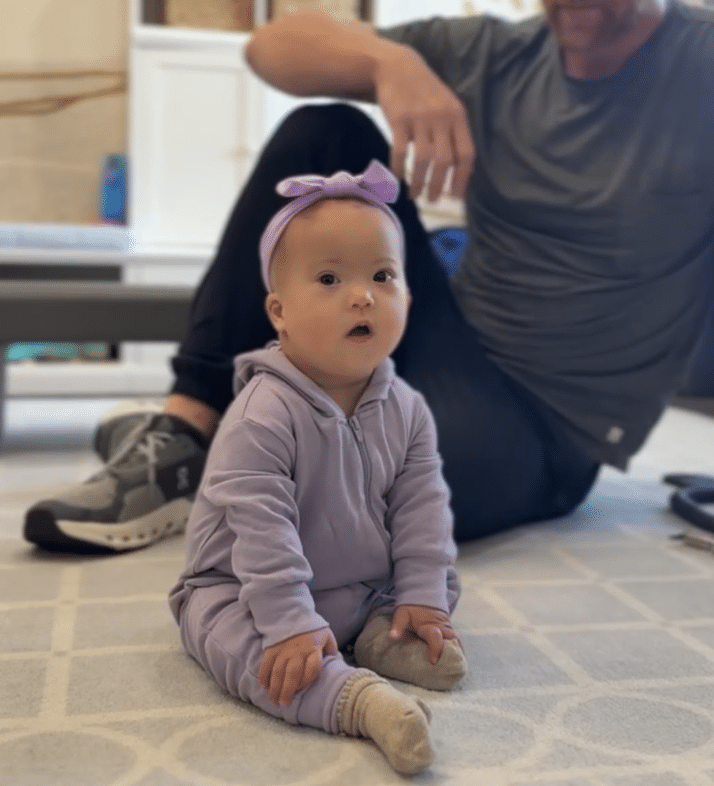
Looking Forward
As our KinActive Method continues to grow, we’re constantly researching and implementing new ways to address primitive reflexes within our intensive model. We’re seeing remarkable results with kids who come to us with complex neurodevelopmental challenges, including many who have retained multiple primitive reflexes.
The key is understanding that primitive reflexes aren’t just “things to get rid of”, they’re windows into nervous system function and development. By addressing them through our comprehensive, intensive approach, we’re not just helping kids move better; we’re helping them develop the neurological foundation they need to thrive.
If you’re wondering whether your child might benefit from our approach to primitive reflex integration, I encourage you to apply for one of our KinActive Kamps. We’ll evaluate your child’s specific needs and determine how our unique combination of chiropractic care and intensive physical therapy can help them reach new developmental milestones.
Remember, there’s no one-size-fits-all approach to addressing retained primitive reflexes. But for families looking for an intensive, neurologically-based approach that addresses the whole child, the KinActive Method offers a proven path forward.



